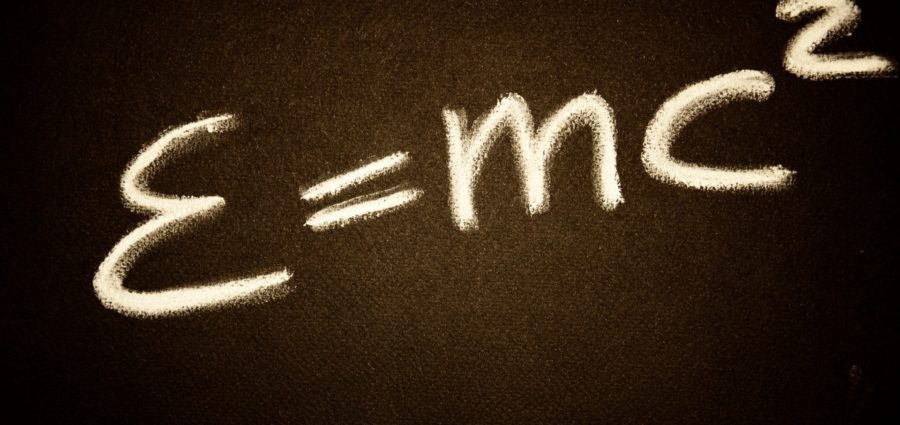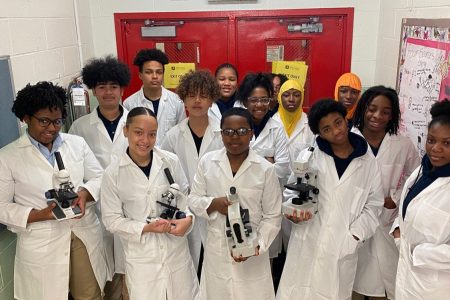NYC Council Committee on Education
Breaking Testing Culture: Evaluating multiple pathways to determine student mastery
Testimony of Bronx Borough President Ruben Diaz Jr. (On Submission)
September 24, 2019

The common goal shared by every New Yorker is to achieve the highest quality education for all of our children. One of the most common ways to evaluate our students is through the use of testing. Between the Specialized High School Admissions Test (SHSAT), the grades 3-8 ELA and Math tests, the test for Gifted and Talented programs, Regents exams and college admissions exams, students spend much of their academic careers facing high stakes and other important tests. There must be greater additional modes to promote academic achievement and to prepare our young people for their futures.
We should be clear that testing does have a role in the evaluation of our students. Because statewide testing is standardized, it provides a metric for evaluating districts and schools against each other, to see which schools are succeeding for our students.
However, testing also often fails many of our more vulnerable student populations when the testing pits students against each other competitively. Students from low-income families, students who do not have permanent housing, and immigrant and English language learner (ELL) students all have disadvantages in testing. Because continual testing builds off of itself, these students are denied opportunities because of weaker test scores. Testing culture creates a long-standing bias against students from vulnerable populations such as these, and we must do more to ensure that these students get the fair shake that they deserve.
We can clearly see the failures of testing as a sole metric for evaluation with the admissions to specialized high schools based solely on the SHSAT. It is shameful that only 10 percent of new students admitted to New York City’s best high schools are black and Latino, despite nearly 70 percent of city students being black or Latino. Relying solely on the SHSAT for admission to these schools is not producing a just or equitable opportunity for these students.
Additionally, there are many students whose educational experiences cannot be adequately measured through the use of tests. Students with special needs who are served in D75 and have IEPs often have specialized and non-traditional needs that cannot be measured through the common methods of testing. Students in D79 who have not always had success in traditional classrooms need other opportunities to succeed, and their progress should be measured through work experience and other metrics, not just testing.
We must move to alternative and additional methods for evaluating our students. Admissions to the specialized high schools must move to being about more than just the SHSAT. I have previously proposed using portfolios, grade point averages and essays in addition to the test. This would make the specialized high school application process more like college admissions, better preparing our students for that process.
Testing in our schools begins right from the start with the test for the Gifted & Talented program. As long as the G&T tests are the sole criterion for entry into these programs, I have called for having all of our students tested for G&T programs with an opt-out provision. This will expand the pool of who is admitted into these seats. However, there should be a robust discussion about whether admission to Gifted & Talented programs should be about more than testing. When I attended a G&T program at P.S. 31 in The Bronx, it was due to the decision of my teachers. There must be a greater role for our teachers and principals to holistically determine which students would benefit from G&T.
The city should continue to explore alternatives to testing to evaluate student performance. Work-based learning opportunities where students get out of the classroom into introductory job and internship experiences enhance the school experience, and should be incorporated into an educational experience, which does not solely seek to teach to a test.
Recent years have seen a push towards the opt-out movement for state testing at the lower grades. I believe that our school system works best when there is buy-in from all stakeholders, including parents. Strong parental support is important for the success of our children, and we should strive to make sure that every voice is heard on this important topic. Parents are the people most invested in their children’s future success, so we should be sure to include parents in the process of considering the future of the amount of testing in our schools.
We must not forget the important role that teachers must continue to play in the evaluation of our children. Teachers are on the ground every day, interacting with their students. They are in a good position to see whether students are thriving or whether they need to receive more help. By relying on the judgment of our educators, we can better identify what programs would best serve each student.
The testing culture, however, limits our teachers who often focus on “teaching to the test” rather than sparking their students’ varied interests. Overly-focusing on testing reduces teacher input into the curriculum because it must be a one-size-fits-all approach, reducing creativity in the classroom. Focusing on tests means focusing less on students as individuals and on student-led inquiry and student-centered learning.
The laudable increase in student-led inquiry and group work experiences in our classroom necessitate that we find alternatives to testing which capture all of the benefits that the students gain from these experiences. We should also spend more time teaching in these modes instead of teaching to a test. These opportunities help create more well-rounded students with more skills applicable to their future careers than simply just learning the facts and skills they need to simply pass the test.
Stress, depression and anxiety are serious problems for many young people. It is unacceptable that over 4,300 young people statewide – 375 in The Bronx alone – had to visit emergency departments due to suicide attempts and self-harm in 2016. We need to increase our efforts to help young people who are struggling with their mental health. We should aim to reduce the factors that have added to our students’ stress, including the culture of testing. High-stakes testing is a factor in the increased anxiety levels seen among our young people today because of the importance of testing in determining our students’ educational futures. We must move beyond single tests such as the SHSAT to include a wider range of metrics, which will de-emphasize the importance of one single test.
Valium increases the pain threshold, has an antiarrhythmic action and reduces the blood pressure (with rapid intravenous administration). In addition, the drug https://opencuny.org/valiuym-10mg-for-sale/ decreases nocturnal gastric acid output and impedes the outflow of intraocular fluid or enhances its secretion, thereby increasing intraocular pressure.
Thank you for your continued efforts to improve the education of all of our students.
.









